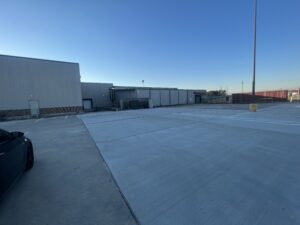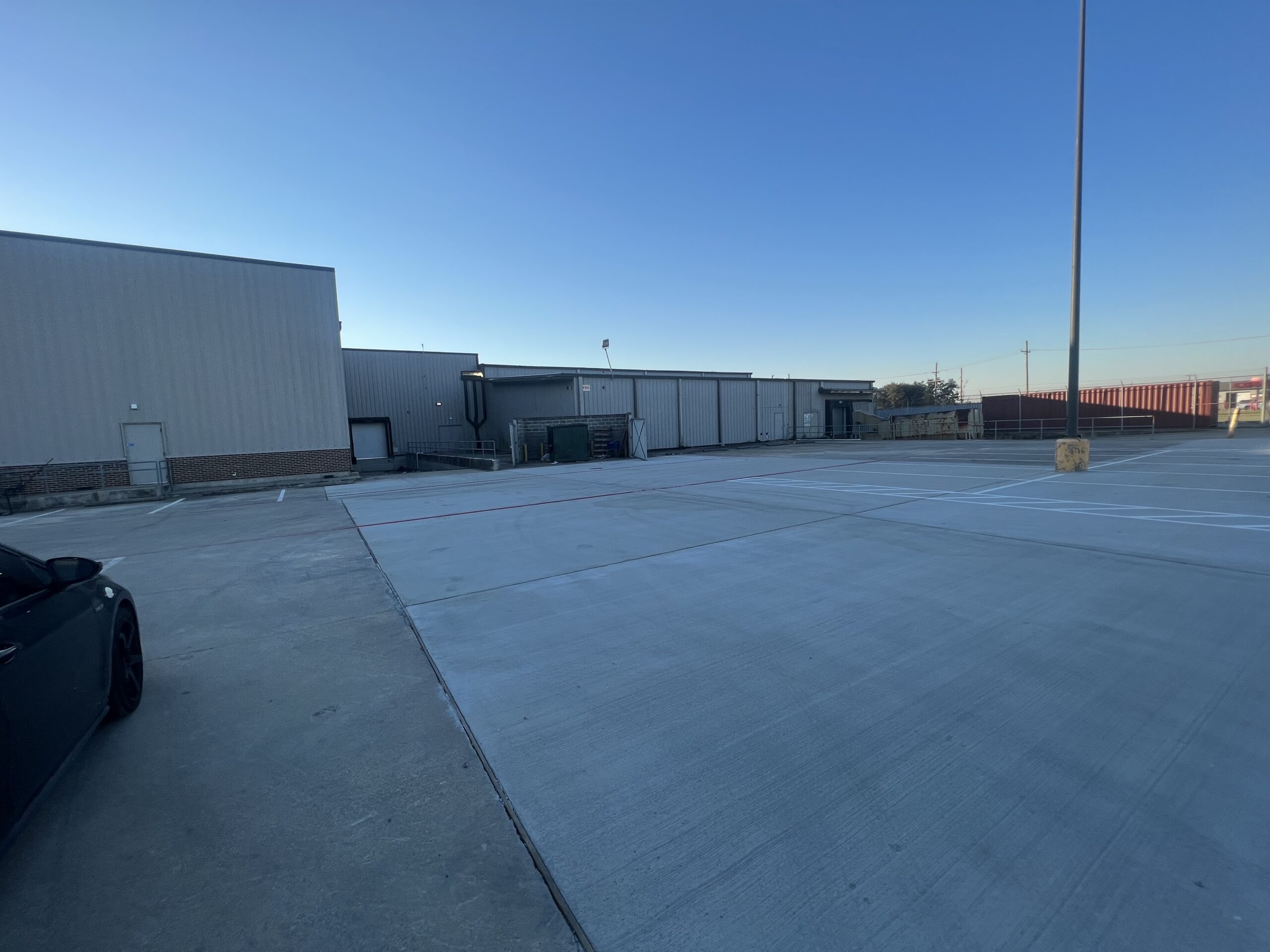
What Are Some Materials That People May Mistake From a Concrete Installation Company?
One of the most common errors is to mistake cement for concrete. Cement is an ingredient in concrete, but the two materials are drastically different. Cement consists primarily of limestone, shells, silica sand, and clay. Concrete consists of cement, gravel or rocks, sand, and water. Mortar is another example of a material that is sometimes mistaken for concrete. Mortar is a mixture of cement, water, lime, and sand. Although the ingredients are similar to those in concrete, mortar is much weaker, and it is used primarily in masonry as a type of glue.
Does Concrete Occur in Nature?
There are examples of naturally occurring cement, but what modern concrete companies install is a human-engineered product. Portland cement, which is used in modern concrete, was invented in 1824. However, there were other types of concrete created and used thousands of years earlier, but all of them were developed by humans.
What Is the Earliest Example of a True Concrete Installation?
Disregarding evidence of cement and limestone constructions, the earliest examples of concrete-like structures were built about 8,500 years ago. The Nabataean culture built underground cisterns to store water in the deserts of what is now northern Jordan and southern Syria. Another step on the road to the development of the material your Houston concrete company would install occurred near the Danube River approximately 7,600 years ago. Archaeologists have uncovered floors that closely resemble a modern concrete foundation. Like modern concrete paving, the material from which these floors were made incorporated lime, gravel, water, and sand.
When Did the Next Major Step in Concrete Installation Occur?
It was several millennia before builders began using a product that a modern concrete company would easily recognize. Although the process of making and installing concrete paving continued, it was painstakingly slow and the culmination of experiments and developments from many corners of the world.
1. If you could travel to Egypt about 4,500 years ago, you could find product bearing a strong resemblance to modern concrete being used in the construction of the Great Pyramid at Giza. Skip forward about six centuries to see the oldest known mural illustrating concrete use in Egypt.
2. More than 3,000 years ago, the Greeks used concrete to construct the Peloponnesian tombs. The Greeks are also credited with developing a concrete that would harden both underwater and in the air.
3. The Romans are perhaps the best-known inventors and users of concrete. About 400 years after the Greeks developed underwater concrete, the Romans improved the formula and made extensive use of it. They also developed Roman concrete, and one of the most famous examples of its use was the construction of the Colosseum in Rome. The Pantheon in Rome, which is around 1,900 years old, is an amazing example of a massive dome built with unreinforced concrete. Unfortunately, the exact formula for Roman concrete was lost after the Roman Empire fell.
4. Although there were notable attempts to advance the science of concrete paving during the 16th century, the next major step occurred during the 1700s. John Smeaton, tasked with the reconstruction of the Eddystone Lighthouse in 1759, rediscovered hydraulic lime.
5. In 1849, iron-reinforced concrete was developed by Joseph Monier, and he would secure a patent for it in 1867. This technique was the precursor to what is often used in the construction of concrete parking lots and other pavements that must support heavy loads.
6. By 1889, engineers began using steel instead of iron for rebar. Ernest Ransome, an engineer from California, used the technique to build the Alvord Lake Bridge, which is currently the oldest surviving example of a reinforced concrete bridge.
7. The early part of the 20th century saw a dramatic increase in the use of concrete as a building material. In 1903, engineers made use of Ransome’s system to construct the first high-rise building made with reinforced concrete, a 16-story building in Cincinnati. Architect Frank Lloyd Wright also made extensive use of concrete in the design of his residential and commercial structures.
8. The Hoover Dam, which was the largest concrete project ever to have been undertaken at the time, was completed in 1931. The project required more than 4 million cubic yards of concrete.
9. The 1950s and 1960s saw increasingly demanding concrete installation projects. Interstate highways, sports arenas with concrete domes, and the now-ubiquitous concrete curbing are a few examples.
10. Concrete companies continued to make improvements to their formulas throughout the remainder of the 20th century and into the 21st century. Fiber-reinforced concrete was developed in the 1970s to create a stronger product. Eco-friendly concrete was invented in 1998. Self-healing concrete was introduced in 2006, and residential construction engineers have begun using 3D printing to combine concrete and wood framing.
If you are looking for a concrete installation company, contact Marathon Solutions Group. We install concrete curbing, concrete ramps, concrete parking lots, concrete ADA, and concrete sidewalks, and we also repair concrete. In addition, we offer a full range of asphalt services, including paving, resurfacing, milling, sealcoating, repairs, and crack repairs. We can also provide you with parking lot striping, bollards, parking lot maintenance programs, thermoplastic markings, parking lot signs, and marking removal. We have an exceptional reputation for quality, service, professionalism, and reliability. You can request a free quote by calling 800-879-1147, completing the online form, or emailing Sales@Marathon-Solutions.com.


